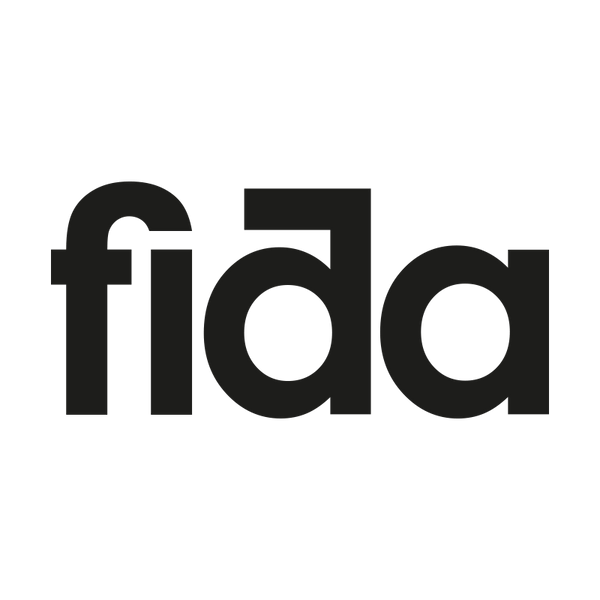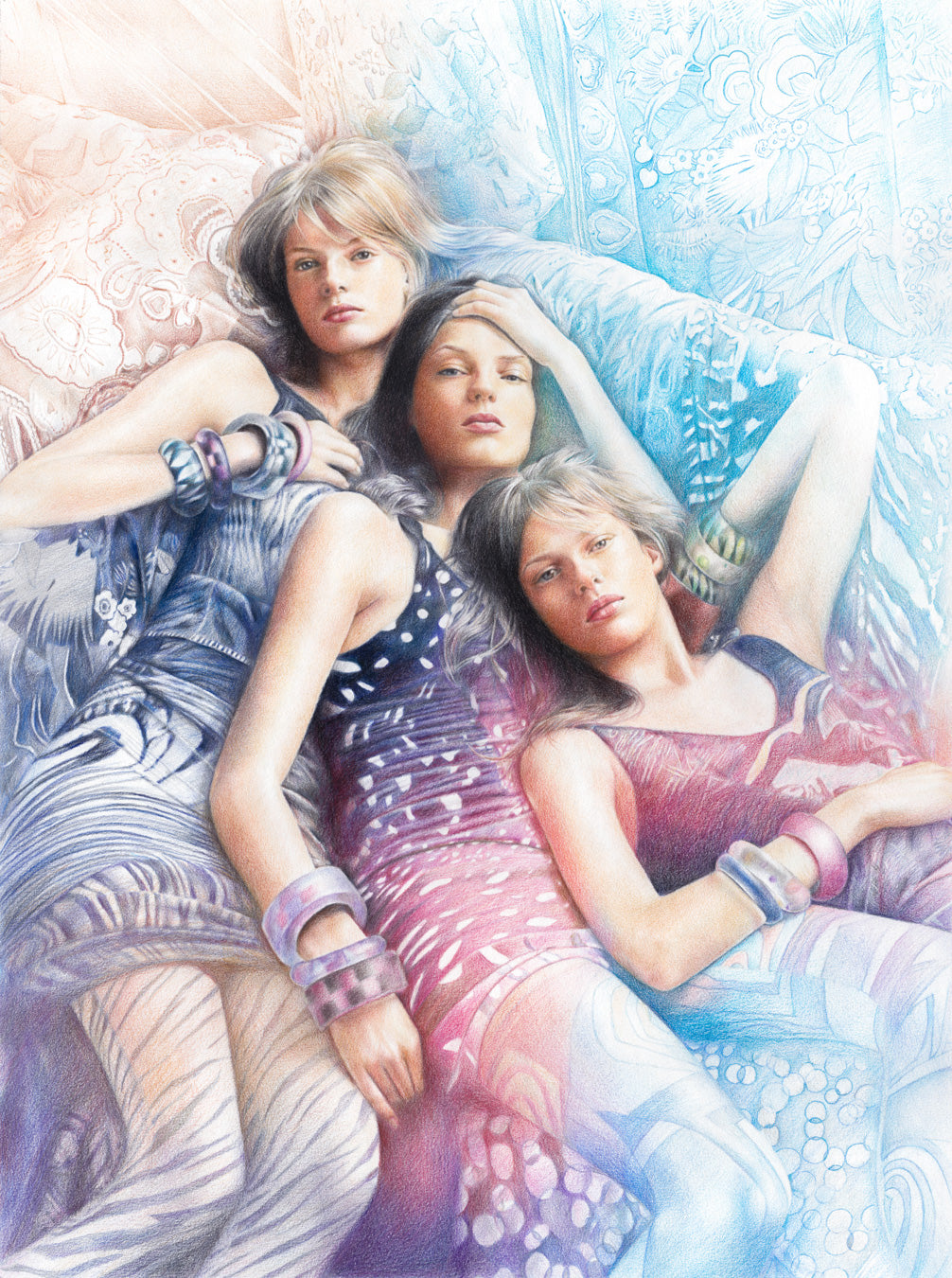What were some of your early influences that inspired you to start creating portraits?
These are the artists from whom I learn so much: Steven Meisel, whose Italian Vogue covers are a masterclass in portraiture and have become the standard for everything I do; Halla Kang, a South Korean artist who inspires me to work with coloured pencils - I’m always in awe of the tones he creates and how each piece is a world of its own; the Chilean hyperrealist painter Claudio Bravo, whose work radiates sensitivity, even in his paintings of paper packages; and lastly, David Downton, whose work is instantly recognisable, even though he doesn’t always stick to one medium. He also has a way of making everyone look like a star.

Can you walk me through your process for creating a portrait? And how do you decide when to use colour in your artworks?
I always start by sketching out a thumbnail from an idea, which could come from anything: a person, a fashion piece or a certain composition. The concept will decide if I'm doing it in colour or black and white. Then I'll go look for reference images, sometimes I combine several to create the look I want. Next, I scale that tiny thumbnail to a working size and draw a detailed preliminary pencil sketch. I try to plan as carefully as possible so then I'll just focus on drawing until the piece is finished because working with pencils is a very labour intensive process, but also very rewarding.

What tools or mediums do you prefer when illustrating fashion - digital, traditional, or a mix of both? Why?
I work with pencils on paper on everything. On some occasions, I use the drawings as materials for a digital piece. So based on the ideas in mind, I will decide which route to take. But no matter what it'll always start with something on paper because I love to draw physically and the feeling of paper texture.

What role does storytelling play in your fashion illustrations? How do you bring a narrative to life through your work?
It is very important because fashion to me is all about fantasy. You're able to tell a story with no beginning or end with fashion imagery. I like to portray the models as characters and capture a certain emotion as a way to express what they're wearing.
How do you approach translating the textures, fabrics, and details of fashion designs into your illustrations?
I like to give the impression of being able to feel the material of the clothes even on a flat piece of artwork so I always try to render as they are and as realistically as I can.

How do you balance artistic expression with capturing the essence of a fashion collection or garment?
My approach is that I usually let the fashion lead the way in terms of artistic expression. Because each collection is a story different from the next, so if you immerse yourself in that story, you'll find the best way to express the designs and yourself without having to sacrifice anything. I think it's the best part, it's like being a shape-shifter.

How do you keep your illustrations fresh and relevant in an industry that constantly evolves with trends?
Every time I start a new project I always aim to be better than the last one I did. I’ll challenge myself to an idea that might be scary to me. I enjoy looking at art and discovering the works of artists I haven’t seen before, which always gives me inspiration to try new things. And if my work somehow becomes trendy, that’d be so cool.

What’s the most challenging part of fashion illustration - capturing intricate details, conveying mood, or something else?
The most challenging part can be not having the actual clothes in front of you. I work mostly through images and no matter how many of them you have as references, it’s not the same as being able to touch and feel the designs.
See more of Thinh Dinh:
Website: thinh-dinh.com

